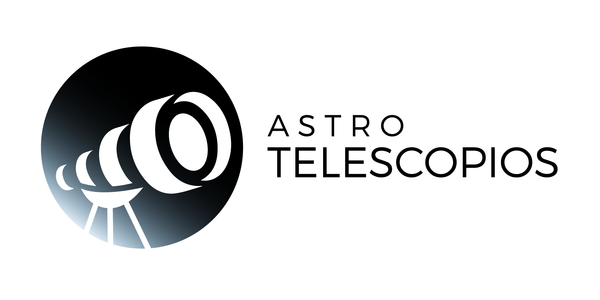
What is the Bortle classification and what is it for?
The Bortle sky classification, also known as the Bortle scale, is a system used to measure and describe the quality of the night sky in terms of its darkness and the visibility of celestial objects. It was created by astronomer John E. Bortle in 2001 and consists of nine levels ranging from the darkest sky (level 1) to the sky most affected by light pollution (level 9).
Each level of the Bortle scale describes the observable characteristics of the night sky based on the amount of light pollution and other related factors. Here is an overview of the main levels:
1. Level 1: Exceptional Dark Sky. It can only be achieved in very remote locations, far from any major sources of artificial light. The sky is full of stars and the Milky Way is extremely prominent.
2. Level 2: Very dark sky. A very dark rural environment is still required, but subtle signs of light pollution may be noticed.
3. Level 3: Rural dark sky. The sky shows a good number of stars, but nearby cities are visible on the horizon.
4. Level 4: Rural sky slightly affected. The Milky Way becomes less prominent, and fainter constellations may be affected by light pollution.
5. Level 5: Suburban sky moderately affected. Most constellations are visible, but faint stars become difficult to observe.
6. Level 6: Suburban sky significantly affected. Only the major constellations are clearly visible, and only the brightest celestial objects are visible to the naked eye.
7. Level 7: Suburban sky strongly affected. Only the brightest constellations are visible, and most celestial objects require optical instruments for observation.
8. Level 8: Very affected urban sky. Bright stars are the only ones visible, and faint objects can only be observed with telescopes.
9. Level 9: Extremely affected urban sky. No stars are observed, only the Moon, planets and the brightest stars are visible.
The Bortle sky classification is useful for astronomers and sky watchers who want to find optimal locations for stargazing, as well as to raise awareness about light pollution and the importance of protecting the night sky.
On the map below you can see the light pollution of our country, Spain. The darkest regions are where the best results for astronomical observation will be obtained.

If you want more details, go to the website https://www.lightpollutionmap.info/ and choose your location.
How to interpret the Lightpollution map?
The map in the LightPolluitionMap.info application is based on the zenith, i.e. the highest point in the sky . In order to convert it to the Bortle scale we recommend that you use the table below:

Ways to avoid light pollution
Some telescopes are already prepared to avoid the negative effects of light pollution, this is the case of the Unistellar Telescopes.
Unistellar telescopes are associated with the SETI foundation and with them you can observe galaxies, nebulae, star fields and more than 5,000 deep sky objects. In a minute you will recognize the colors and details, even in a city with light pollution!
He eVscope eQuinox It is an all-in-one smart telescope. Integrated image intensification, automatic field detection and astrophotography functions can be controlled via an iOS/Android app.
Other ways to avoid light pollution with your reflecting or refracting telescope
If your budget does not allow you or it is not your goal to have such a sophisticated telescope because you prefer visual observation over technological one, then we have good news for you.
Currently, special filters are manufactured to counteract the effects of light pollution, these are CLS filters.
The CLS nebula filters block the colors of streetlights and lamps that shine in special colors - the colors typical of high pressure or mercury lamps and thus increases the contrast - light from celestial objects can pass through the filter. The results are surprising: objects are suddenly visible in places that were previously completely empty without filters.
The CLS filters are very easy to use, you just have to screw them on your eyepiece to start blocking all the unwanted light and start clearly seeing objects that you couldn't before due to light pollution.
Do not hesitate to write to our team if you have any questions, we will advise you for free on whatever you need to find the best product and price. Consult an expert, ask Astro Telescopes!


